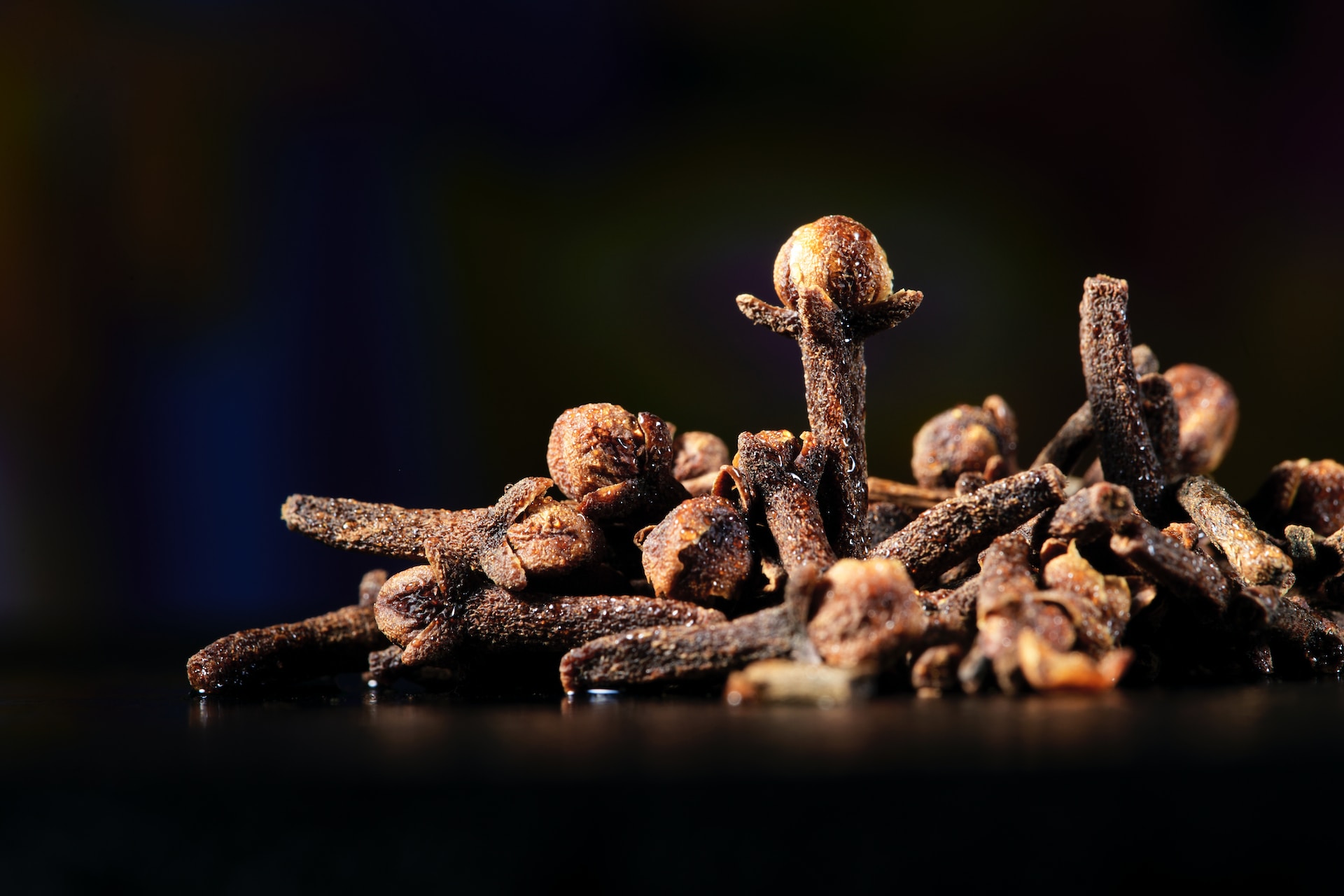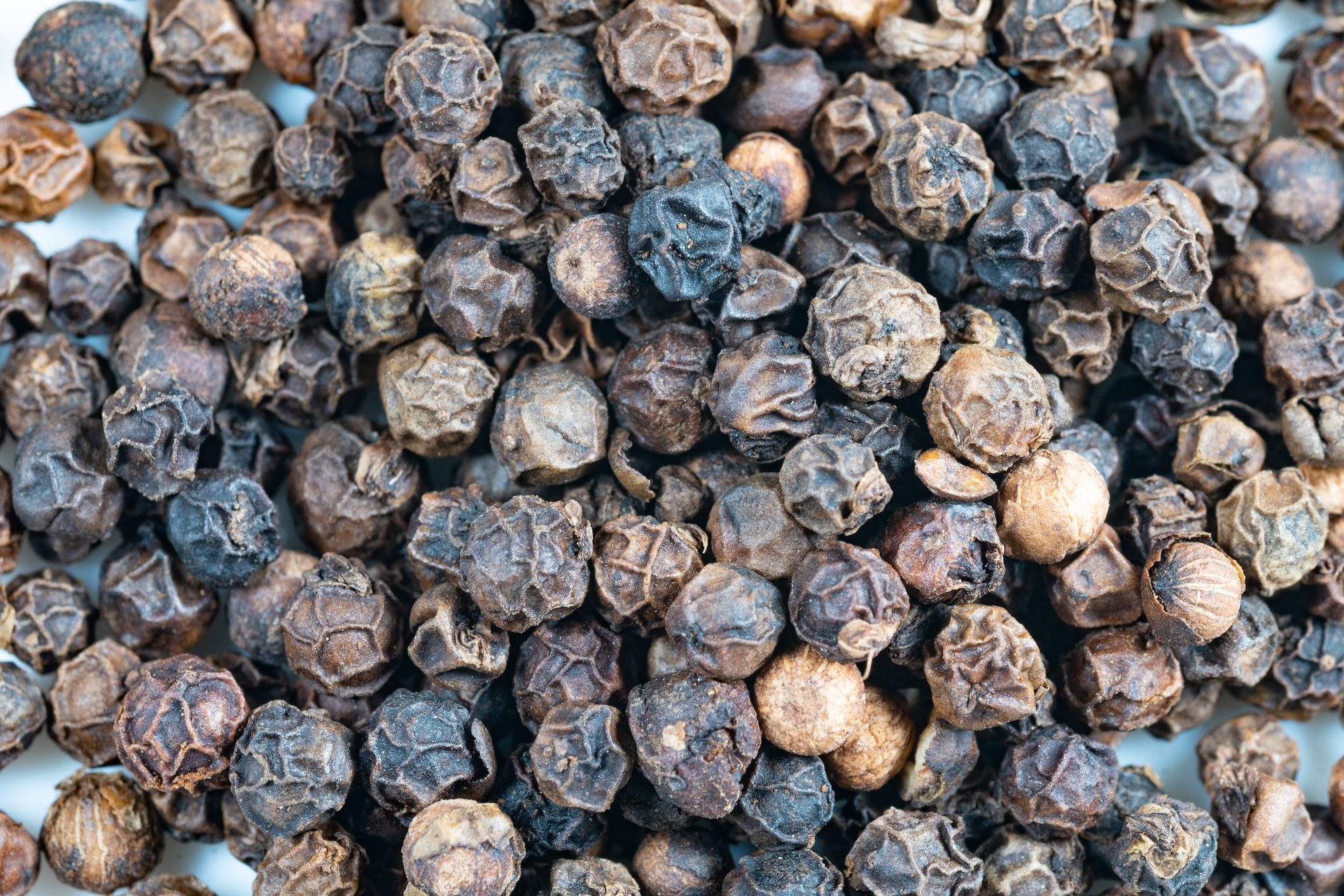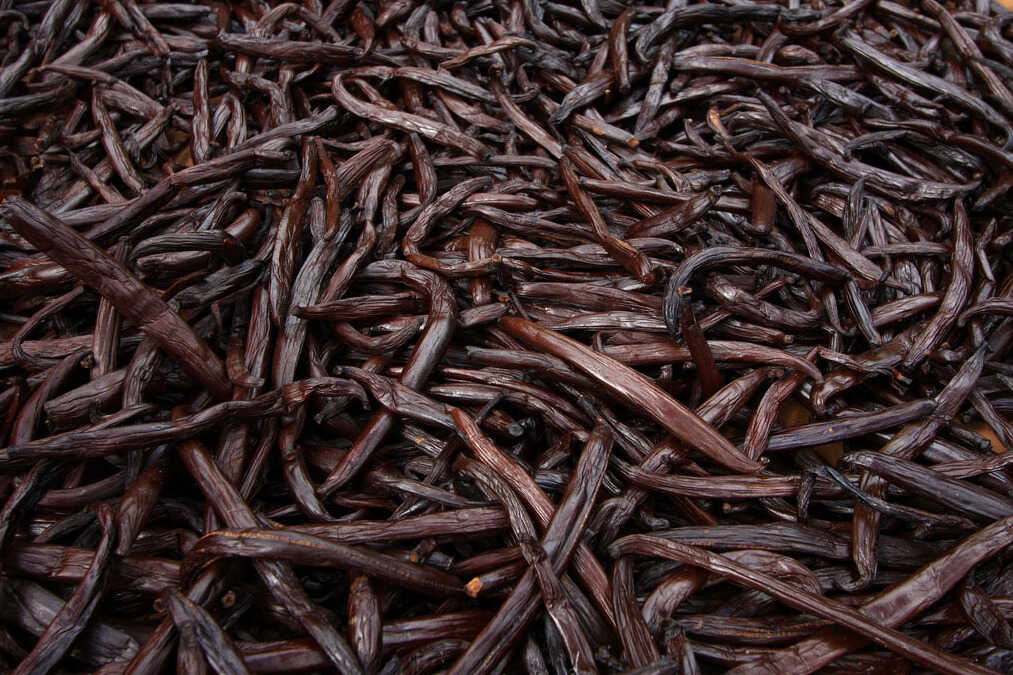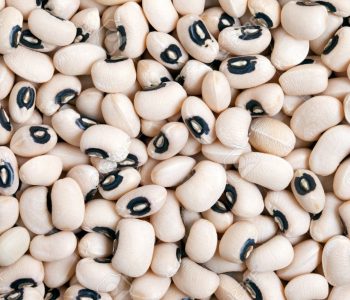- aasthauae@gmail.com
- 00971-509861977
- 00971-547488706
PRODUCTS
OUR PRODUCTS





Cloves
Cloves are the aromatic dried flower buds of a tree in the family Myrtaceae, Syzygiumaromaticum. Cloves are native to the Maluku islands in Indonesia and used as a spice in cuisines all over the world. Cloves are harvested primarily in Indonesia, India, Madagascar, Zanzibar, Pakistan, and Sri Lanka.
The clove tree is an evergreen that grows to a height ranging from 8–12 m, having large leaves and sanguine flowers in numerous groups of terminal clusters. The flower buds are at first of a pale color and gradually become green, after which they develop into a bright red, when they are ready for collecting. Cloves are harvested when 1.5–2 cm long, and consist of a long calyx, terminating in four spreading sepals, and four unopened petals which form a small ball in the center.
Clove is an herb. People use the oils, dried flower buds, leaves, and stems to make medicine. Clove contains eugenol. Eugenol is the part of clove that might slow blood clotting. Eugenol is very fragrant and gives allspice and clove their distinctive smell.
Clove is used for upset stomach and as an expectorant. Expectorants make it easier to cough up phlegm. Clove oil is used for diarrhea, hernia, and bad breath. Clove and clove oil are used for intestinal gas, nausea, and vomiting.Clove is applied directly to the gums (used topically) for toothache, for pain control during dental work, and for a complication of tooth extraction called “dry socket.” It is also applied to the skin as a counterirritant for pain and for mouth and throat inflammation. In combination with other ingredients, clove is also applied to the skin as part of a multi-ingredient product used to keep men from reaching orgasm too early (premature ejaculation).In foods and beverages, clove is used as a flavoring.In manufacturing, clove is used in toothpaste, soaps, cosmetics, perfumes, and cigarettes. Clove cigarettes, also called kreteks, generally contain 60% to 80% tobacco and 20% to 40% ground clove. Eugenol, one of the chemicals in clove, acts like menthol to reduce the harshness of tobacco smoke.
HAND PICK
- Moisture content: 10 TO 11 %
- Maximum Uniform big size bud cloves Headless cloves: 5 %
- MAXIMUM Admix: 1 % stems and baby cloves (No others foreign materials free of stones and metals
- Colour: uniform brownish
- Packed: In carton boxes of 25 kg net.
CG2
- Moisture content: 11/12 %
- Maximum Admix: 2% stems and baby cloves (no other foreign materials) free of stones and metals
- Colour: Brownish
- Packed: In new single jute bags of 50 kg net
CG3
- Moisture content: 13 %
- Maximum Mix size cloves Admix: 3 % stems and 5% baby cloves (no other foreign materials)
- Colour: Brown/ dark brown
- Packed: In new single Jute bags of 50 kg net
Clove Stems
Clove stems are the stems of the bud flower of the Clove plant which is botanically known as Caryophyllus .Clove Stems are collected from the Clove plantations spread throughout the island of Madagascar.
Clove Stems contain an essential oil that is used primarily in fragrances. Hence, Clove stem oil is widely used in the soap, candle and perfume manufacturing industries .
WE source the clove stems from the best plantations in Madagascar and has access to a logistics network that is capable of delivering your order of clove stems on time.
Specifications
- Origin: Madagascar
- Color: Golden
- Aroma: Good
- Oil content:- 15-18% Approximate
- Packing: PP Bags
Black Eye Beans
Specifications
- Foreign Matter 1% Max
- Sister Bean 2% Max
- Damage 3% Max
- ORIGIN: MADAGASCAR
- PACKING: AS PER BUYERS REQUIREMENT
CINNAMON
The bark of cinnamon tree must be processed immediately after harvesting while still wet. Once processed, the bark will dry completely in four to six hours, provided that it is in a well-ventilated and relatively warm environment. A less than ideal drying environment encourages the proliferation of pests in the bark, which may then require treatment by fumigation. Bark treated this way is not considered to be of the same premium quality as untreated bark.
Cinnamon’s unique healing abilities come from three basic types of components in the essential oils found in its bark. These oils contain active components called cinnamaldehyde, cinnamyl acetate, and cinnamyl alcohol, plus a wide range of other volatile substances.
Cinnamon’s unique healing abilities come from three basic types of components in the essential oils found in its bark. These oils contain active components called cinnamaldehyde, cinnamyl acetate, and cinnamyl alcohol, plus a wide range of other volatile substances.
Not All Cinnamon Are the Same
Cinnamon from Madagascar is quite different from the Chinese Cinnamon (Cassia) commonly sold in the United States. Madagascar Cinnamon is the original, sought after by the Romans, Marco Polo, and later European traders who finally found “the source” in Ceylon, now Sri Lanka. (Zeylanicum is the Latin word for Ceylon). Cinnamon Zeylani-cum, also known as True Cinnamon, is native to Sri Lanka and grows wild on Madagascar’s east and northwest coasts.
By contrast, the majority of ground cinnamon currently sold in the United States is actually inferior Cinnamomum Cassia. Cassia is cultivated in China and Indonesia from the aromatic bark of the Chinese cinnamon tree . The corky outer bark is not removed in the production of cassia, which is more pungent and robust than Madagascar cinnamon. It is not as delicate, sweet or subtle as the cinnamon produced in Sri Lanka or Madagascar.
